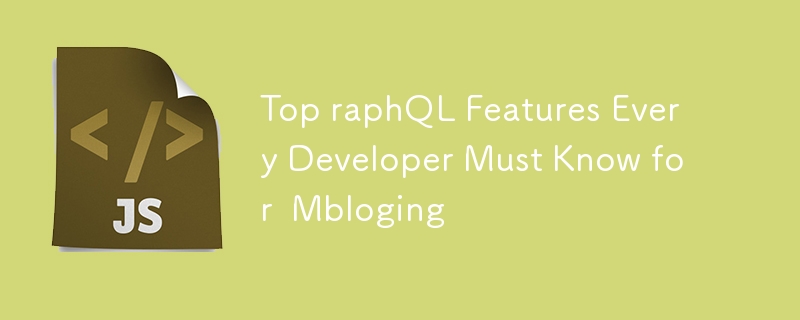
GraphQL has revolutionized API development, providing a more efficient and adaptable method for data retrieval and management. Its rising popularity reflects the significant advantages it offers developers across various sectors. This blog post highlights the top five key features of GraphQL and illustrates their practical applications to enhance the development process.
Table of Contents
- Flexible Queries: Tailoring Data Requests
- Robust Typing and Schema Definition: Structured Data
- Real-time Data with Subscriptions: Dynamic Content Updates
- Optimized Data Fetching with Batching and Caching: Streamlined Requests
- Enhanced Developer Tooling and Introspection: Simplified Development
- Use Cases for GraphQL Features
- Conclusion
1. Flexible Queries: Customized Data Requests
GraphQL’s standout feature is its capacity for flexible queries. Unlike traditional REST APIs, which often necessitate multiple endpoint calls to gather related data, potentially leading to over- or under-fetching, GraphQL empowers clients to request only the necessary data. This precision significantly enhances efficiency, especially in complex applications demanding specific data subsets.
How it Works: GraphQL queries allow clients to define the response structure. For instance, instead of separate REST calls for user details and orders, a single GraphQL query can retrieve both simultaneously.
<code class="language-graphql">query {
user(id: "123") {
name
email
orders {
id
total
status
}
}
}</code>
Real-World Use Case:
- E-commerce: An e-commerce application can display user profile information and order history on a single screen using a single GraphQL query, eliminating multiple API calls for improved speed and efficiency.
- Social Media: Social media platforms can retrieve user profile data and their newsfeed with one request, optimizing the user experience.
2. Robust Typing and Schema Definition: Ensuring Data Integrity
GraphQL employs a strongly-typed schema to define the API’s structure and maintain consistency. This schema specifies data types, their relationships, and available operations. This structured approach provides clear API behavior guidelines and ensures all requests adhere to the schema.
How it Works: A GraphQL schema comprises types, queries, and mutations. Each type defines the data structure, and operations specify what data can be fetched or modified.
<code class="language-graphql">type User {
id: ID!
name: String!
email: String!
orders: [Order!]
}
type Order {
id: ID!
total: Float!
}</code>
Real-World Use Case:
- Finance: Finance applications handling sensitive user data benefit from well-defined schemas, limiting exposed data for enhanced security and data integrity.
- E-commerce: Clear schema definitions ensure consistent product data structuring across platforms and interfaces, simplifying integration and maintenance.
3. Real-time Data with Subscriptions: Delivering Dynamic Updates
GraphQL subscriptions enable clients to receive real-time server updates. This is crucial for dynamic content requiring live updates without page refreshes or extra requests. Applications like chat, financial tracking, and live sports benefit greatly from this capability.
How it Works: Clients subscribe to specific events, and the server pushes updates via WebSockets when changes occur.
<code class="language-graphql">query {
user(id: "123") {
name
email
orders {
id
total
status
}
}
}</code>
Real-World Use Case:
- Social Media: Users receive real-time notifications (messages, comments, likes) without page reloads.
- Gaming: Live games update players with scores, actions, and game state changes in real time.
4. Optimized Data Fetching with Batching and Caching: Enhancing Efficiency
GraphQL efficiently batches and caches requests, reducing server load and optimizing network resource usage. Combining multiple requests into one eliminates N 1 query problems and prevents unnecessary calls, especially beneficial for applications fetching large datasets across multiple resources.
How it Works:
- Batching: GraphQL combines data-fetching operations into single requests, minimizing server calls. Libraries like DataLoader facilitate batching database queries.
- Caching: Caching previous query results speeds up repeated queries, avoiding repeated server hits.
<code class="language-graphql">type User {
id: ID!
name: String!
email: String!
orders: [Order!]
}
type Order {
id: ID!
total: Float!
}</code>
Real-World Use Case:
- News Websites: Large news platforms can batch article, image, and author data requests, improving loading times.
- Collaborative Platforms: Tools like Google Docs or Trello use efficient fetching to reduce redundant requests and maintain responsiveness.
5. Enhanced Developer Tooling and Introspection: Streamlining Development
GraphQL’s introspection feature makes it developer-friendly. Introspection allows developers to query the schema itself, understanding the API structure and available data. Tools like GraphiQL or Apollo DevTools provide interactive UIs for testing and exploring GraphQL queries.
How it Works: Introspection queries, such as:
<code class="language-graphql">subscription {
newNotification {
message
createdAt
}
}</code>
return a list of schema types, aiding developers in understanding the API structure.
Real-World Use Case:
- API Integration: Introspection simplifies exploring third-party APIs without external documentation.
- Internal Tools: Developers use GraphiQL for quick query testing and debugging, improving productivity.
Conclusion
GraphQL’s advanced features make it a compelling choice for developers seeking flexibility, efficiency, and a seamless API experience. From flexible queries and strong typing to real-time data and advanced caching, GraphQL offers a powerful toolkit to optimize application performance and user experience. By understanding these key features, developers can harness GraphQL’s full potential to build modern, dynamic, and scalable applications. Whether building social media, e-commerce, or real-time messaging applications, GraphQL streamlines development and delivers robust, high-performance solutions. Adopting GraphQL improves API communication efficiency, reduces development time, and enhances the overall user experience.
Related Blogs
- Understanding GraphQL: Is It a Framework or a Query Language?
- Migrating from REST to GraphQL: A Step-by-Step Guide
- GraphQL vs REST API: A Comprehensive Comparison
- Apollo Client with React for GraphQL Integration
- GraphQL Subscriptions for Real-Time Data
- Optimizing GraphQL Performance: Best Practices
- Integrating GraphQL with Next.js 14
- Building a GraphQL API: Apollo and Express Guide
- Integrating GraphQL with MongoDB for Scalable Apps
The above is the detailed content of Top raphQL Features Every Developer Must Know for Mbloging. For more information, please follow other related articles on the PHP Chinese website!
原文来自:www.php.cn


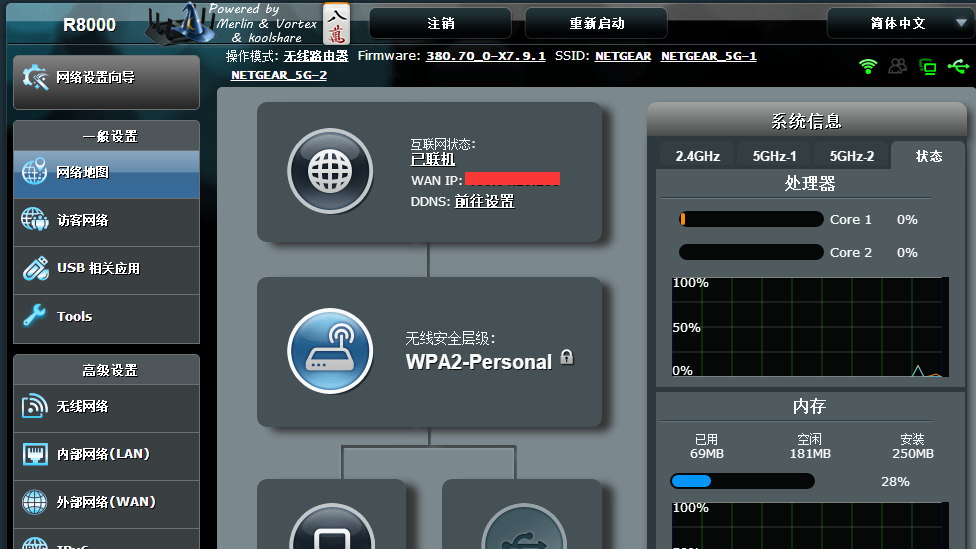


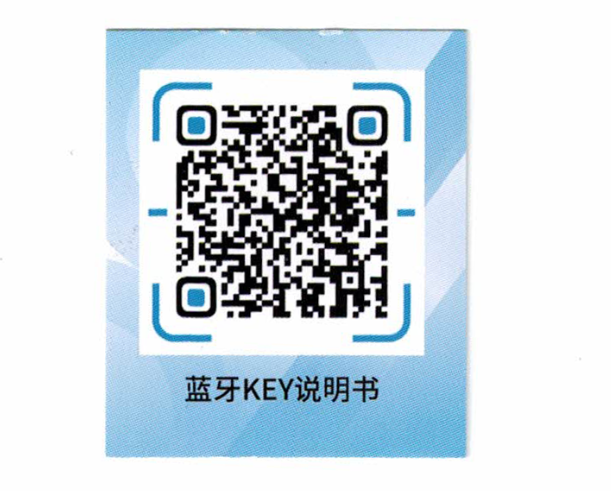







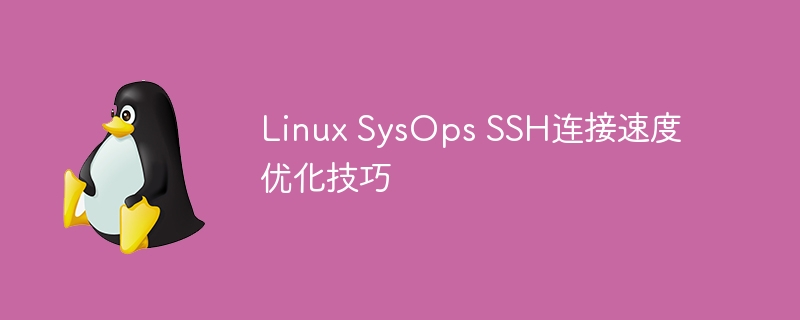


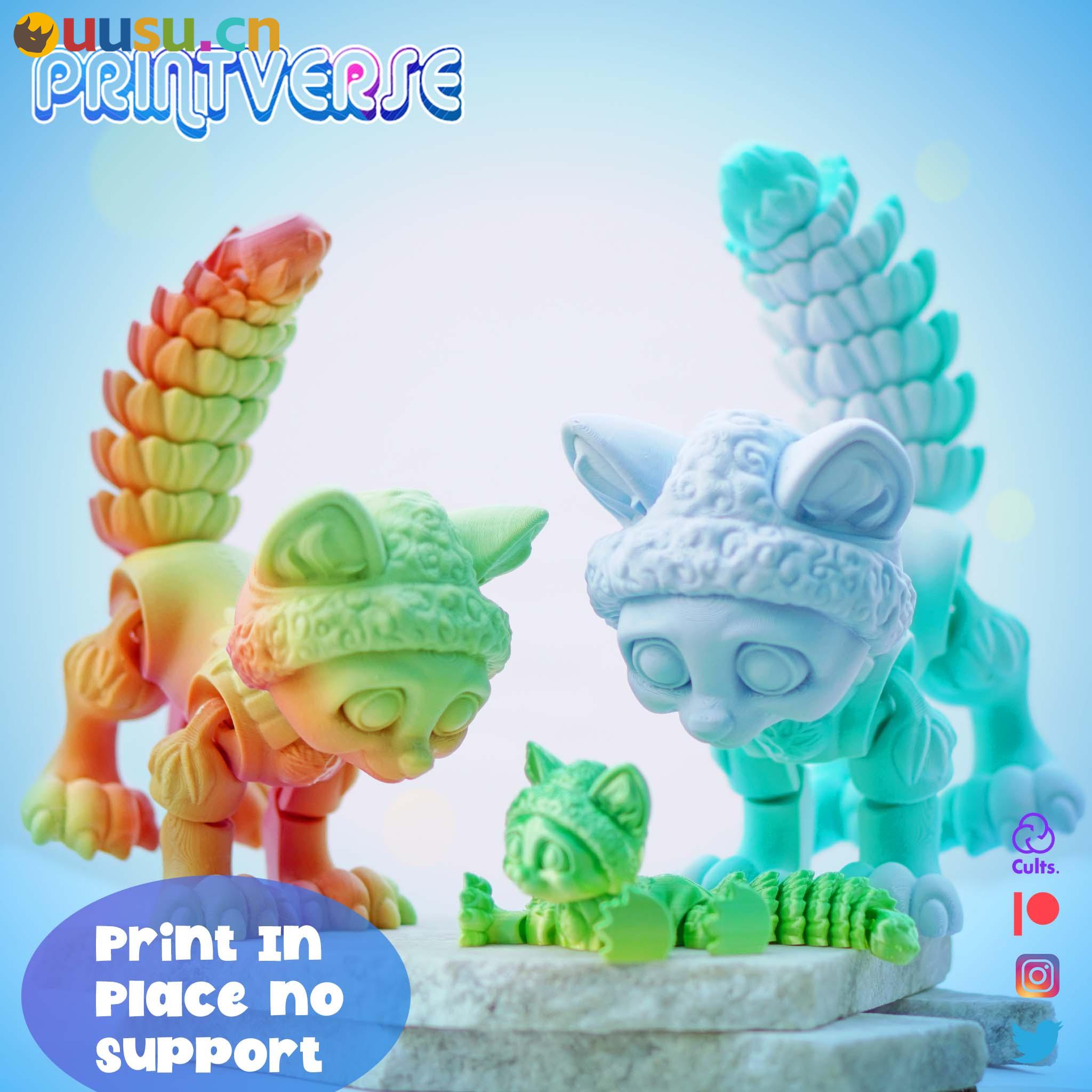
























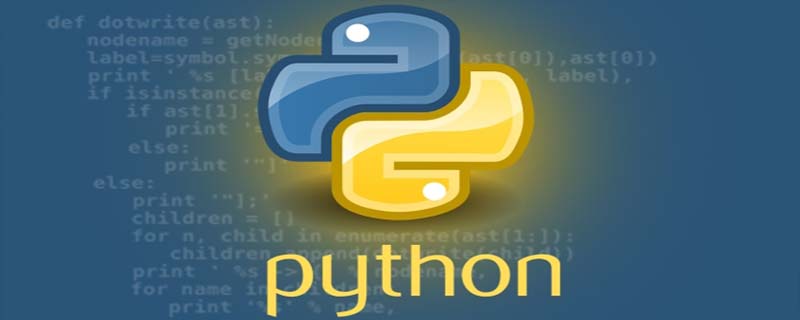









暂无评论内容